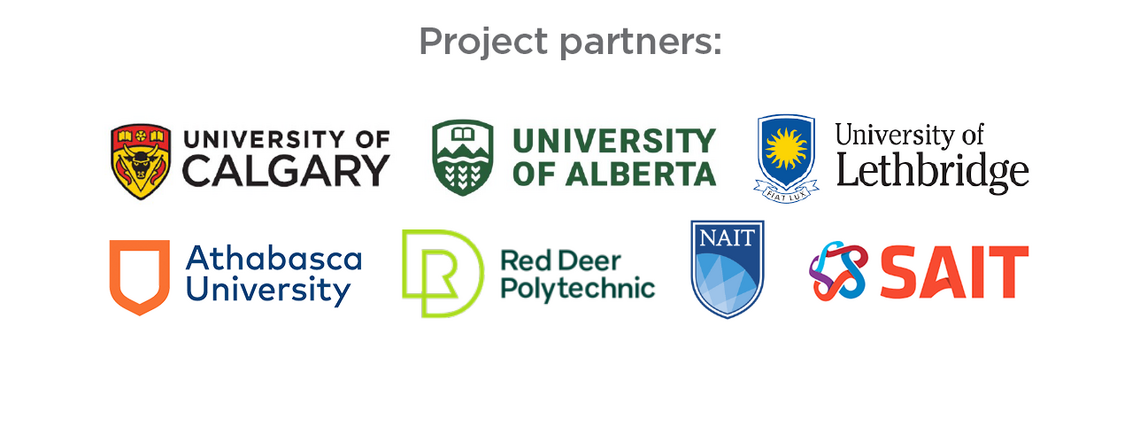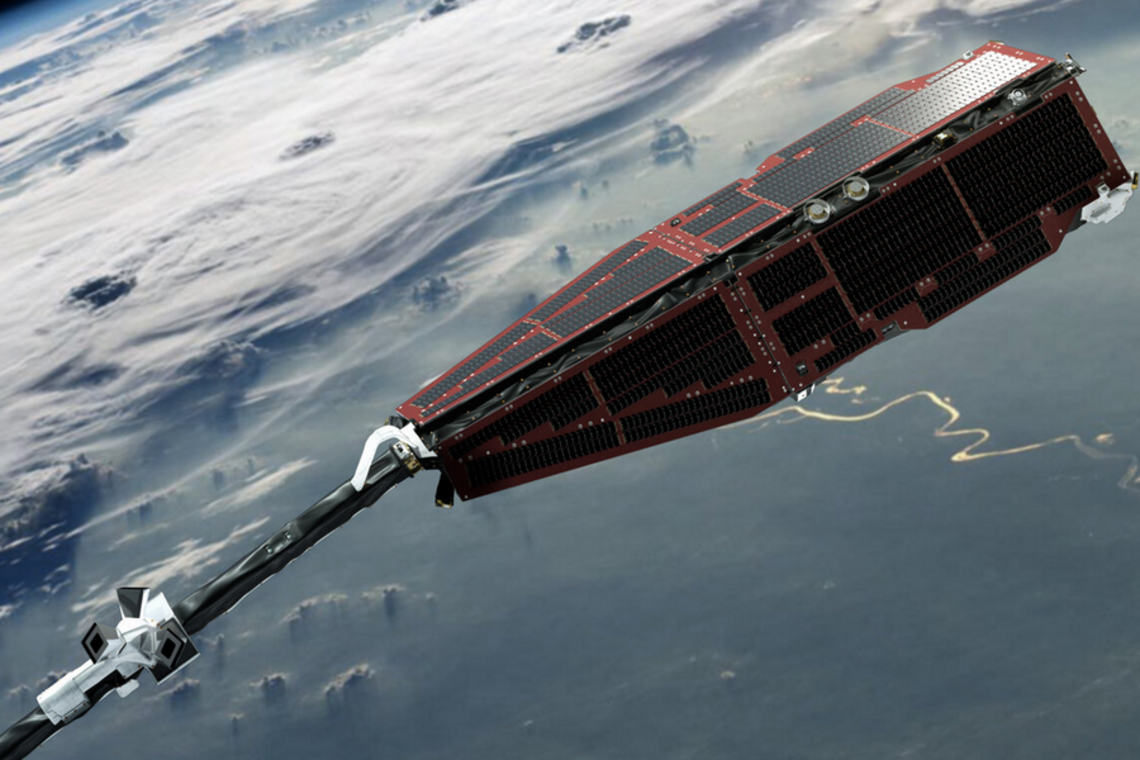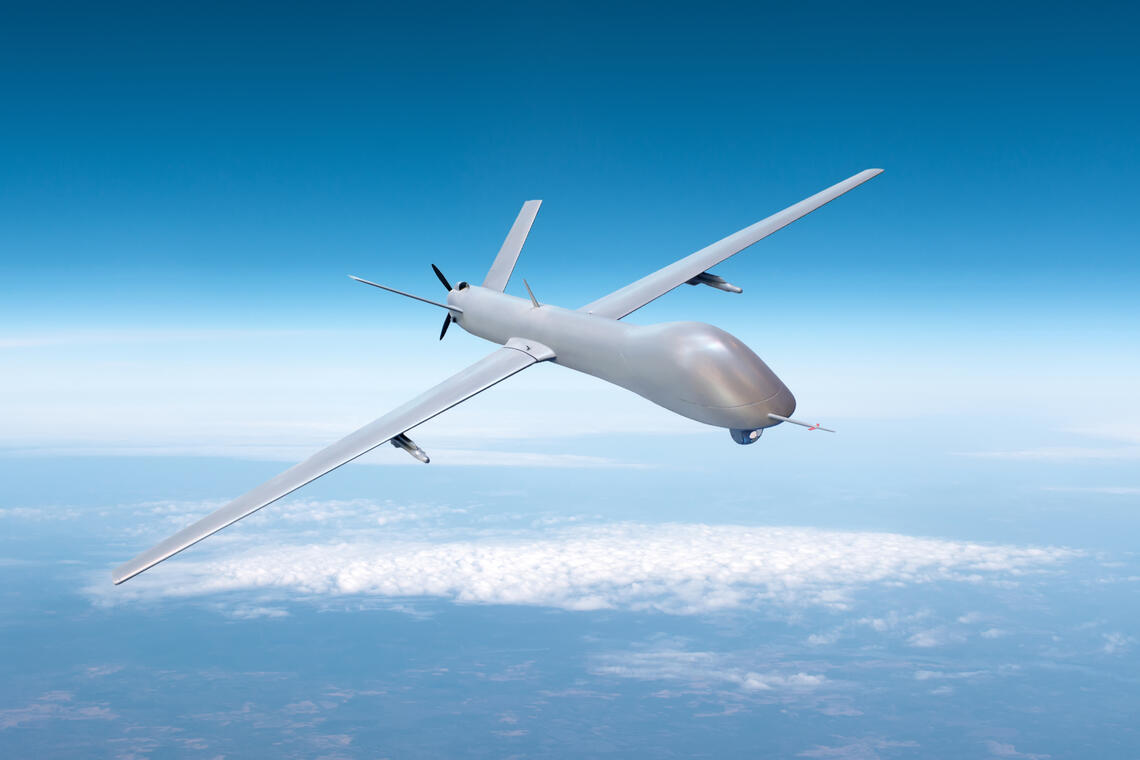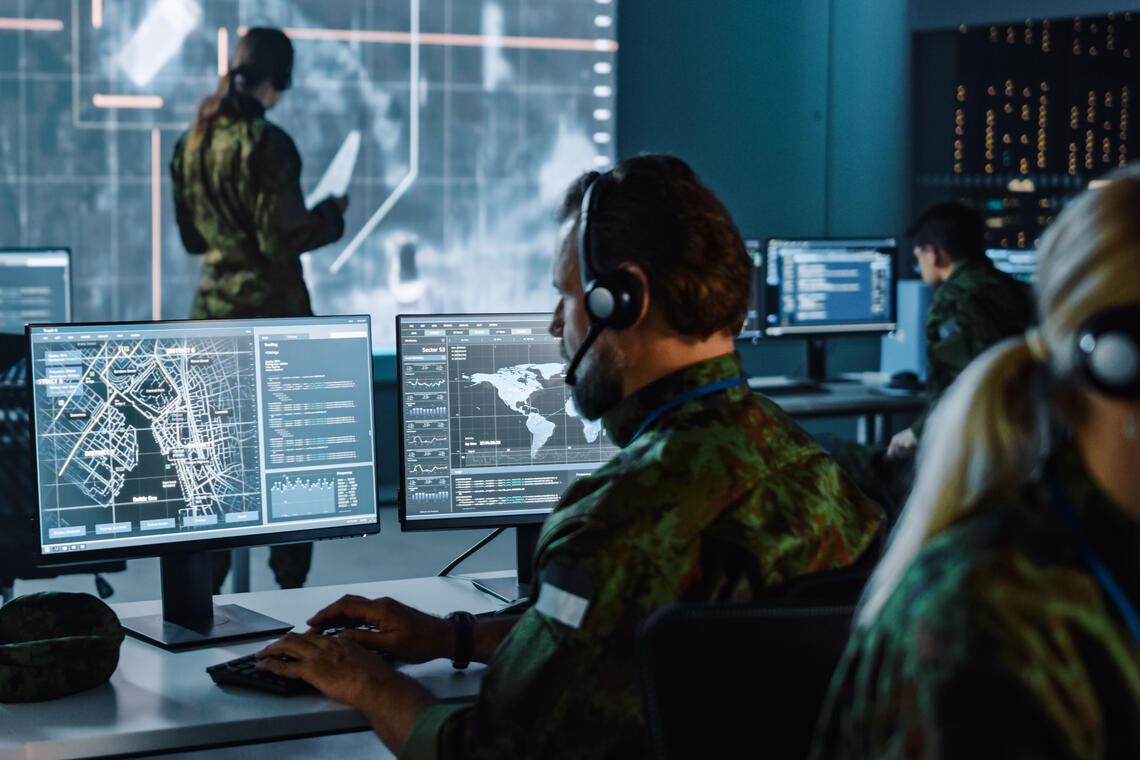The world is entering a new space age - a turning point in human history where rapidly decreasing costs, new technologies, geopolitical ambitions, and unprecedented commercial opportunities are driving a bold era of space development.
This has led to a convergence of possibilities in space commerce and accelerated civil-to-defence pathways. Capitalizing on this opportunity, Space-Defence Technologies Alberta (SDTech AB) will engage over 400 researchers in joint academia-industrial partnerships to deliver disruptive solutions and train the next-generation skilled workforce. We will establish Alberta as a global hub for innovation in space and defence technologies central to the future global economy.
This project is funded by the Government of Alberta Major Innovation Fund
Contact Us
For more information on Space-Defence Technologies Alberta or to find out how you can get involved, contact sdtechab@ucalgary.ca.

Why Space-Defence Technologies Alberta?
From the wonders of space travel to the promise of global connectivity, modern life is increasingly linked to a global space industry growing at double digits annually and projected to pass $1T by 2030. The defence landscape is similarly transforming, as the strategic character of space becomes recognized as an operational domain and competitive advantage is pursued through the exploitation of civilian-military synergies.
Dual-use technologies such as advanced materials, sensing systems, and robotics, among others, are feeding new innovation pathways, and the potential for economic and technological benefits at this space-civil-defence nexus is tremendous.
Within the Canadian space tech community - which ranks amongst the top-three worldwide - Alberta leads some of the fastest growing space-for-earth sectors, asserts the most space-active post-secondary community in the country, and is poised for differential advantage.
Space-Defence Technologies Alberta (SDTech AB) is a pan-Alberta research ecosystem that will develop and deliver the next-generation technologies, train the next-generation workforce, and build future Alberta leaders for this transformational opportunity.
Research Themes
SDTech AB will leverage world-leading research areas in Campus Alberta with track records of disruptive technology development, industrial partnerships, spin-offs, training of highly qualified personnel, significant revenue generation, and impact on national and international policies.
This program establishes an innovation framework that aligns post-secondary expertise with stakeholder needs and will accelerate R&D projects towards tangible outcomes for Alberta’s societal and economic benefit. The R&D framework includes four research themes across three pillars in space and defence:
This theme aims to identify and support the commercialization of emerging technological areas and solutions that couple to Alberta’s post-secondary institution strengths and industry/government needs in the space and defence market sectors.
Key challenges for emerging technologies are the pace of development, the highly specialized (and end-user-driven) nature of solutions, and the global competitiveness of sectors leveraging leading-edge research and technologies. SDTech AB draws on existing areas of innovation, will identify and support cross-sectoral opportunities, and create high-value return on government investment.
This includes target areas of miniaturized, low-cost, low-power solutions for air-, space-, and ground-based applications, development of dual-use (civilian and defence) technologies, AI frameworks to improve sensor hardware performance, orbital and sub-orbital platforms (CubeSats, supersonic fixed-wing aircraft, sounding rockets, highly maneuverable VTOL aircraft, etc.) and associated propulsion systems.
Sensing Our Environment aims to advance how we acquire and synthesize high-value information across the space-defence landscape. It builds on the inter-connected, and often common mechanisms by which technology samples, records, and interacts with our environment. Sensors are now ubiquitous in our daily lives, driving expanding markets for new information to inform decisions and leverage new observational sensor platforms (space-, air-, ground-based, on-person, etc.).
This theme includes the development of remote sensing capacity via imaging technologies (hyperspectral satellite-based imaging, sub-orbital surveillance imaging, space environment specification, etc.), enhancing integrity and information content of multi-platform sensing (e.g., precise positioning, AI-driven sensor fusion), new technologies for direct sampling (e.g., soldier wearable sensors), and multi-sensor/model informed information synthesis.
This theme leverages the advanced sensor platforms, sensors and readily accessible data that is driving an ‘innovation race’ across the space and defence landscape. Governments and industries are vying to harness the efficiencies and advantages of data-informed decisions and embed situational awareness into core operational systems. Whether enhancing collision avoidance for satellites, evasive algorithms for sub-orbital defensive aircraft, or new techniques to utilize interconnected geospatial information, the goal is real-time situational awareness to facilitate smarter decision-making and industry competitiveness.
Situational Awareness aims to build on Alberta’s advantage in sensor technologies and multi-layered adaptive analysis to generate made-in-Alberta solutions that support the protection of Canada’s assets and enhanced industry efficiency through better decisions, founded on better information. This includes edge-AI computational frameworks deployed onboard devices, design of novel architectures for selection/fusion of sensors, development of capacity to create and understand common operational pictures, robustness and integrity of information and enhance decision-making.
This theme builds on situational awareness to better link assets to surveillance and reconnaissance, enhance natural and manufactured threat detection and support threat replication and response scenario planning/execution.
SDTech AB leverages Alberta post-secondary expertise in space-based technologies, aerospace systems, and joint-domain intelligence to enhance the technology readiness of leading-edge solutions aligned with Alberta industry and build new capacity in emerging areas of strategic importance.
This includes the development of technologies for AI-enabled enhanced asset (e.g., sensor) deployment/positioning, target tracing solutions, evasion algorithms, and joint-domain coordination of sensing – using space assets and advanced UAVs in hazardous environments to detect threats to soldier safety. It also leverages research into the integrity of (and threats to) space-based systems and space-based technologies such as positioning and communications.
Pillars of Excellence
SDTech AP’s Pillars of Excellence are areas with a critical mass of world-leading expertise, where Alberta is positioned for differential impact on the future economy.
Space Domain Solutions
Space Domain Solutions builds on more than 20 years of pan-Alberta collaboration in space research between the Universities of Calgary, Alberta and Lethbridge, and Athabasca University.
SDTech AB expands this collaborative network to bring in new post-secondary and industrial partners and broadens the scope to include established world-leading Alberta strengths in space-based technologies and space-based applications of relevance to the Alberta industry. Areas of focus include:
-
Satellite hardware and on-board analytics to support high-value data acquisition
-
Advancement of existing world-leading satellite-borne systems
-
Ground-based space remote sensing capacity, dual-use applications, and spin-offs for Alberta space science instrumentation


Sub-Orbital Technologies
Sub-Orbital Technologies is an internationally recognized, award-winning area of innovation and commercialization within Alberta. SDTech AB draws on pan-Alberta expertise and collaborative networks including world leaders at UCalgary, UAlberta and SAIT. Areas of focus include:
-
Development of emerging portable platforms for sub-orbital systems and miniaturized sensors to advance civilian and defence capabilities
-
Development of next-generation composite materials for defence applications on hypersonic or space-orbital platforms
-
Development of inter- and intra-urban air transport sensor mobility (I2ATSM) capabilities and control and intelligence frameworks for navigation, robust guidance, and remote sensing/communication
Joint Domain Intelligence
Joint Domain Intelligence is a rapidly expanding research area with a significant impact on civilian and defence applications. Alberta’s research community includes existing world-leading expertise in autonomous systems, machine learning, space remote sensing systems and modelling. Activities under this pillar include:
-
Development of intelligent frameworks for wearable sensors and soldier-robot teaming
-
Development of situational awareness frameworks, data fusion techniques and anomaly detection/classification across civilian and defence applications
-
Development of edge-AI, sensor switching, and synthetic multi-model solutions for enhanced situational awareness and threat detection

Cross-Pillar Synergies, Collaboration and Connections
-
Common areas of technological development such as AI frameworks, sensor/data interaction, visualization, and modeling techniques cut across the proposed space and defence innovation program.
-
Collaborations between these areas will be facilitated by the inclusion of cross-pillar team members in project progress meetings, and if appropriate appointment to cross-disciplinary teams. This will enhance collisions between teams working on different solutions, cross-pollinating ideas and approaches for common problems, accelerating development timelines and enhancing overall outcomes.

